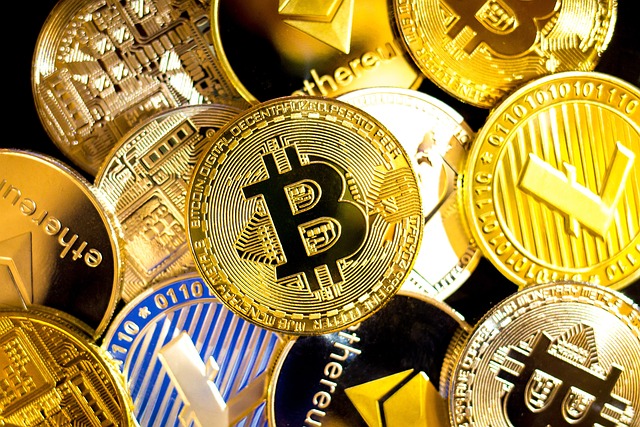This article delves into the legal battles surrounding XRP and its implications on the market. From regulatory challenges to court cases, we’ll explore the key points that have shaped the future of XRP.
XRP, a token built by Ripple Labs, has been at the center of several legal battles in recent years. The token’s unique status as both a commodity and a security has led to controversy among regulators and investors alike. In this article, we’ll break down the key points related to XRP’s legal battles and market implications.
One of the earliest challenges faced by XRP was its classification as a security or commodity. The Securities and Exchange Commission (SEC) in the United States classified XRP as an unregistered securities offering, which led to a lawsuit against Ripple Labs. The SEC argued that XRP’s sales were part of a larger fundraising effort to create liquidity for the token, making it an investment contract.
Ripple Labs countered that XRP was not a security, but rather a commodity, arguing that its value was determined by market forces and not by any underlying assets or profits. The company also argued that XRP’s utility as a means of payment made it different from traditional securities.
In 2020, the SEC filed a lawsuit against Ripple Labs, alleging that the company had sold $1.2 billion worth of XRP without registering the sales with the agency. The lawsuit also alleged that Ripple had engaged in a scheme to deceive investors and regulators by misrepresenting the nature of XRP.
Meanwhile, the U.S. Department of Justice (DOJ) was investigating Ripple Labs for allegedly violating federal laws related to money laundering and sanctions evasion. The DOJ accused Ripple of allowing Chinese banks to use its network without properly reporting transactions, which led to accusations that the company had failed to comply with U.S. sanctions.
As the legal battles continued, XRP’s market value suffered significantly. In 2020, XRP’s price plummeted from around $3.80 to less than $0.30, wiping out billions of dollars in value for investors.
However, in recent months, XRP has seen a significant resurgence in price, with the token’s value rising to over $1.00 per coin. This rebound is largely attributed to the regulatory clarity that has emerged in the United States and Europe.
In January 2022, the SEC announced that it would no longer pursue charges against Ripple Labs related to XRP sales made before June 2018. The announcement was seen as a major victory for Ripple, which had been facing significant pressure from regulators and investors alike.
Additionally, in July 2022, the U.S. District Court for the Southern District of New York dismissed the SEC’s lawsuit against Ripple Labs, citing that the agency had failed to provide sufficient evidence to support its claims. The dismissal was seen as a major win for Ripple, which argued that the SEC’s case relied on flawed assumptions and incorrect legal theories.
Despite the regulatory challenges, XRP has continued to gain traction in the market. The token is widely used by financial institutions and banks around the world, who see its potential for speed and efficiency in cross-border payments.
In 2022, Ripple Labs announced plans to list XRP on the Federal Reserve Bank of New York’s platform, which will enable the token to be used as collateral for settlements. The move was seen as a major step towards mainstream adoption and recognition for XRP.
As we look ahead, it’s clear that XRP’s future is closely tied to regulatory clarity and market demand. With the SEC’s lawsuit dismissed and regulatory challenges largely resolved, Ripple Labs is poised to capitalize on the growing demand for its token.
XRP’s resurgence in price is also a testament to the growing recognition of its utility as a means of payment. As more financial institutions and banks begin to adopt XRP, we can expect to see increased adoption and usage of the token.
In conclusion, XRP’s legal battles have been a major obstacle for the token’s growth. However, with the SEC’s lawsuit dismissed and regulatory challenges largely resolved, Ripple Labs is poised to capitalize on the growing demand for its token.
As investors and regulators continue to weigh in on XRP’s status, it’s clear that the token’s future will be shaped by a complex interplay of market forces and regulatory clarity. One thing is certain: XRP’s journey is far from over, and the coming months will be crucial in determining the token’s fate.
Here are five relevant tags for this article:
- XRP Regulatory Challenges
- XRP Market Implications
- Ripple Labs Legal Battles
- XRP Securities vs Commodity Classification
- XRP Future Developments



